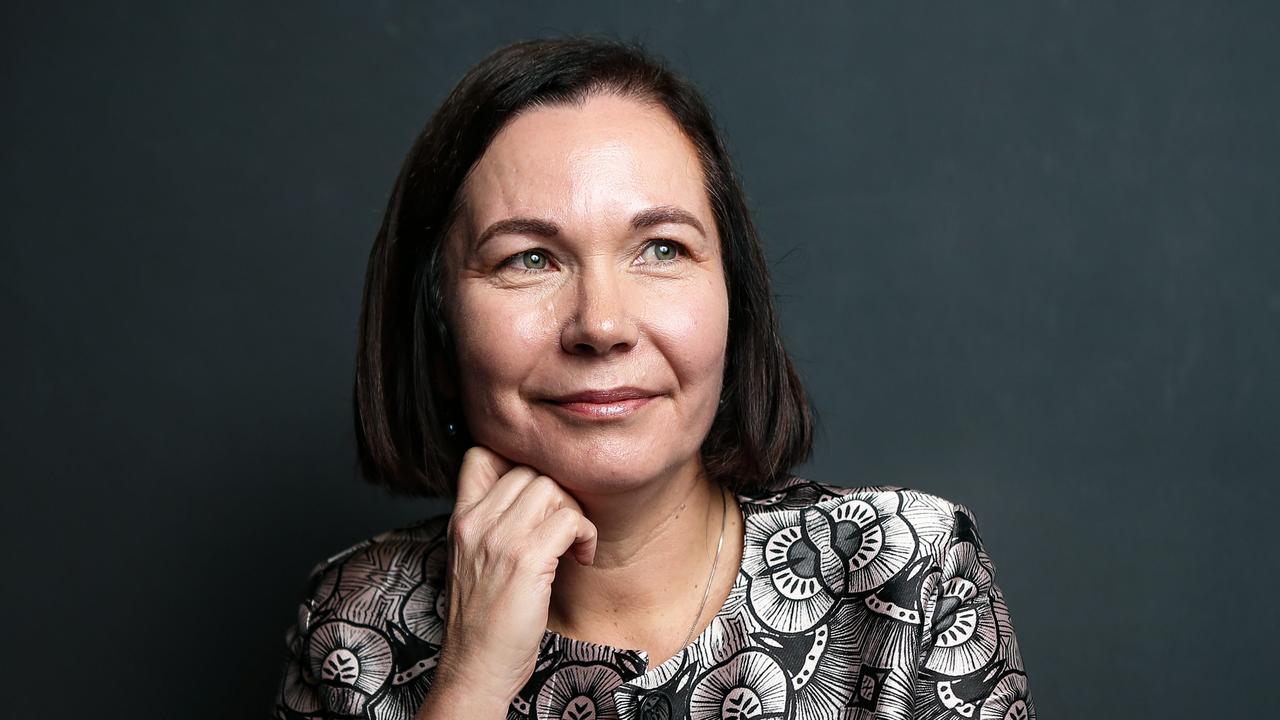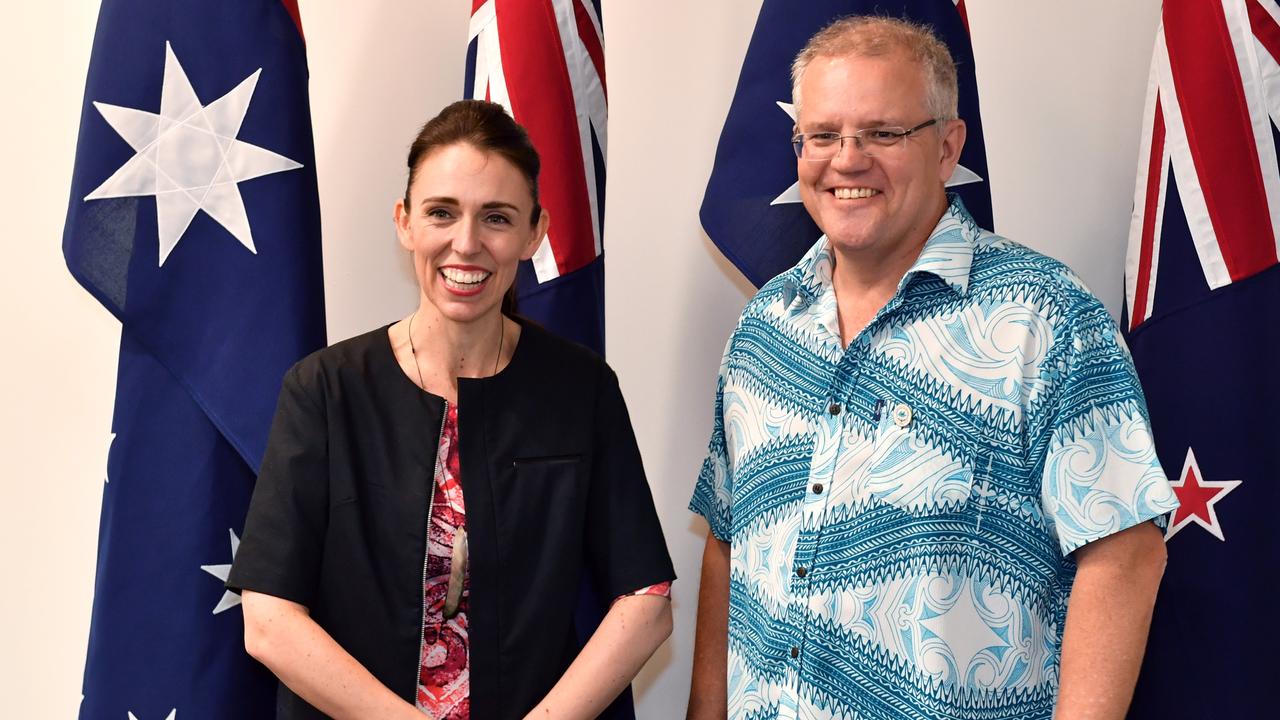BOADICEA did it against the greatest army in the world, Joan of Arc did it in full armour at the age of 19 and Queen Isabella did it when five months pregnant, but Australian women have only now, and with great hoopla, been told they too have the privilege of fighting for their country on the front line in combat infantry units -- but not until 2015.
The newspapers and talkback radio loved this story. The press had an opportunity to run pictures of good-looking young women in uniform, and for talkback it was a chance for people to yell about the ills of modern gender politics. Some wondered why the government announced the change now, even though the review of the physical requirements, which has to be finished before the change can be implemented, is not due 'til December.
With so many contingencies put on this event, one may be forgiven for asking how much of a real change this is and whether, with so many problems besetting our defence forces and the government, it may be yet another distraction, but more of that later.
For all the fuss, this change does not change much. According to Neil James of the Australian Defence Association and Peter Leahy, former chief of army, it is part of an incremental clawing away at the blokey culture of the military, which the military itself has fostered, although James claims it is a myth that women can't serve in combat now. He points out that Australian women are fighting in the Middle East, and are in combat in the air force and the navy. Australia was the fourth country in the world to put women in submarines.
Women cannot fight in the infantry in sustained, close, physical combat. According to James, that is not because of our delicate sensibilities or our menstrual cycles, but because of our natural "biomechanical" drawbacks.
James is worried the scientific review may gloss over these problems. Our bones and muscles are lighter so women generally cannot lift as much as men without risking pelvic injury. Our stamina is slightly less. But, let's face it, there are few men, let alone women, who could meet the physical requirements of the Special Air Service for stamina; and I don't know any men who could endure 20 hours of childbirth - even once.
Cultural change in any great institution does not work unless it can happen from the bottom up as well as the top down, and an imposed gender-equity ideology in a naturally male hierarchical institution such as the army simply won't work.
Although most high-ranking defence personnel are in favour of the move, and vociferously and enthusiastically profess all the right-thinking ideas, Leahy emphasises it is the guys doing the work on the ground who need convincing, and many of them are sceptical. He warns against women in combat becoming nothing more than the last trophy for feminists, most of whom wouldn't have anything to do with the army themselves.
However, feminism is not the problem. As with any ideology that has hit its use-by date, feminism is going off on some odd tangents, desperate to keep up with the rapidly changing sexual culture of the young. The young are making feminism passe. The gen Ys and Zs don't behave towards one another in the same way as the sexes did in the past. That will change the culture more than the feminists ever could - for good and bad, as the Australian Defence Force Academy Skype scandal showed, although it is odd to bring out yet more policies about women in the military when that debacle has hardly been resolved and the culture from which it arose has not been satisfactorily investigated.
It is interesting that the higher ranks are worried about the lower ranks because, despite all the talk about the physical problems of women on the front line, it is not the imposition of cultural change that bothers most people about this. It is simply that many ordinary people feel a bit queasy about sending women, particularly mothers, to the front line.
As the huge public reaction shows, despite all the army's gender-equity posturing, and the recognition that relations between the sexes have changed, the public is not in favour of changing what it sees as almost an imperative of nature: that women behave differently from men. More to the point, it also sees some of this for what it is: a recruitment drive by a beleaguered institution desperately short of personnel. In reality, putting women on the front line has more in common with the relentless economic drive, under the banner of gender equity, to push more women into the workforce.
Defence Minister Stephen Smith's decision to announce "women in combat" may have been inevitable, despite the missing scientific report. Or, it could be unkindly interpreted as an attempt to dazzle us with his super gender-equity credentials, as a clumsy distraction from the mishaps that have plagued his department, particularly the building of three new state-of-the-art destroyers.
In an episode worthy of Gilbert and Sullivan, the building of these warships looks metaphorically - and possibly literally - to be falling in a heap. Initially (as reported by The Australian) the consortium was having problems merging the sections of the of the Spanish-designed warships because of "difficulties interpreting the plans". Now, nine steel blocks have to be relocated from Melbourne to Newcastle because the Victorians can't cope.
And some people think having women in combat may be a worry.



